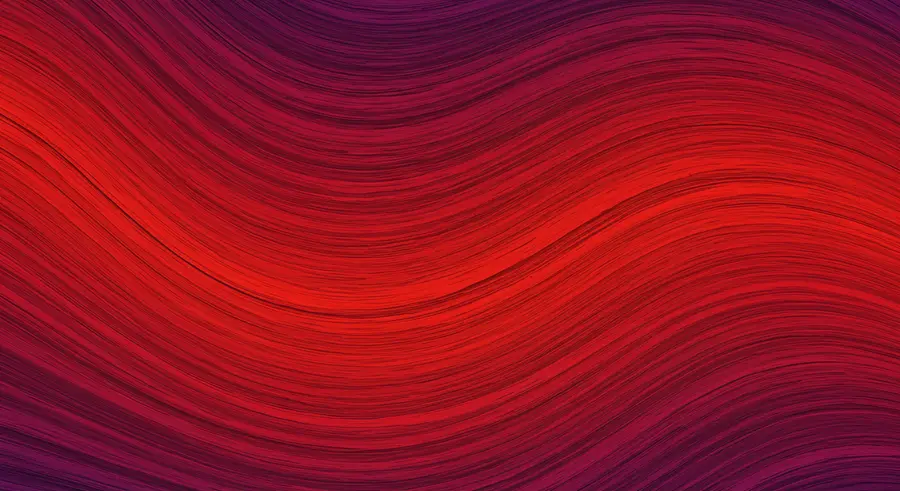Appearance
🎨✨ Unleashing the Power of GPU Accelerated Graphics for Interactive Visuals ✨🎨
Imagine a canvas that breathes, a brushstroke that evolves. Today, we'll dive into the magic where algorithms meet aesthetics, and pixels dance to the rhythm of your code, all thanks to the sheer might of GPU accelerated graphics.
In the world of creative coding, the Graphics Processing Unit (GPU) isn't just a component in your machine; it's a vibrant, parallel processing powerhouse, a silent orchestrator that transforms your digital dreams into reality at blazing speeds. For years, the CPU handled most computational tasks, but with the advent of complex visual demands, the GPU stepped into the spotlight, perfectly designed for the highly parallel computations needed for high-performance graphics and real-time rendering.
🚀 The Accelerated Visuals Revolution: Why the GPU?
Think of it this way: a CPU is a brilliant generalist, handling tasks one after another, sequentially. A GPU, however, is a specialist in parallel operations. It can perform thousands of calculations simultaneously, making it perfectly suited for rendering pixels, applying textures, and manipulating geometry – precisely what we need for stunning accelerated visuals. This parallel processing capability is the secret sauce behind the fluidity and responsiveness of modern interactive art and simulations.
For creative coders, this means:
- Real-time Interaction: Create experiences that respond instantly to user input.
- Complex Simulations: Run intricate particle systems, fluid dynamics, or large-scale generative patterns without a hitch.
- Visual Fidelity: Render high-resolution graphics, intricate lighting, and detailed textures effortlessly.
- Shader Magic: Unlock the true potential of shaders for per-pixel artistic control.
🌌 Diving Deep: WebGL and the Art of Hardware-Accelerated Rendering
At the heart of web-based GPU acceleration for creatives lies WebGL (Web Graphics Library). WebGL is a JavaScript API for rendering interactive 2D and 3D graphics within any compatible web browser without the use of plug-ins. It allows us to tap directly into the user's graphics hardware, making hardware-accelerated rendering accessible right in your browser.
The true artistic power in WebGL often comes from shaders. Shaders are small programs that run directly on the GPU, dictating how pixels are drawn (fragment shaders) and how vertices are positioned (vertex shaders). They are the brushstrokes of the GPU, allowing for incredible control over visual output.
Let's look at a simple example of a fragment shader that creates a subtle color gradient, demonstrating the power of GPU computational might in action:
precision mediump float;
uniform vec2 u_resolution; // Canvas resolution
uniform float u_time; // Time in seconds
void main() {
vec2 st = gl_FragCoord.xy / u_resolution; // Normalized screen coordinates
// Create a time-varying color based on coordinates
vec3 color = vec3(st.x, st.y, sin(u_time * 0.5 + st.x + st.y));
gl_FragColor = vec4(color, 1.0); // Output the color
}
This tiny snippet, executed for every single pixel on your screen * simultaneously*, showcases the efficiency of GPU programming. It's like having millions of miniature artists each painting their designated pixel at the same instant!
🖼️ Visualizing GPU Computational Might: A Generative Example
Consider a generative art piece that creates a swirling, evolving pattern. Without GPU computational power, animating hundreds of thousands of particles would cripple a CPU. But with a GPU, each particle's position, color, and behavior can be calculated in parallel, resulting in a smooth, captivating animation.
Here's a concept of how GPU accelerated visuals can be imagined:

This abstract generative art image, with its vibrant colors and flowing lines, perfectly encapsulates the kind of complex, organic visuals that become possible when we leverage the Graphics Processing Unit. Every curve, every shade, is a testament to the GPU's ability to render intricate details with incredible speed.
🛠️ Tools and Techniques for Harnessing Hardware-Accelerated Rendering
To begin your journey into GPU-powered creative coding, consider these powerful tools and concepts:
- p5.js with WebGL Mode: A fantastic library for beginners and pros alike,
p5.jscan be switched intoWEBGLmode, allowing you to easily experiment with 3D and shaders. - Three.js: A more advanced 3D library that abstracts away much of the complex WebGL boilerplate, making it easier to create complex scenes.
- GLSL (OpenGL Shading Language): The language used to write shaders. Understanding GLSL is key to unlocking the GPU's artistic potential.
- Compute Shaders: For tasks beyond pure rendering, compute shaders allow you to perform general-purpose computation on the GPU, opening doors to advanced simulations and data processing.
💡 Inspiring Further Exploration: The Canvas that Never Rests
The world of GPU accelerated graphics is an ever-expanding canvas. From interactive installations that react to human movement to immersive virtual realities, the possibilities are limited only by your imagination. Every line of code is a brushstroke, and with the GPU as your companion, you're not just drawing pixels; you're crafting entire digital universes.
So, go forth and experiment! Dive into shaders, play with particles, and let the accelerated power of your GPU tell your unique story, one captivating pixel at a time. Compute, create, captivate!